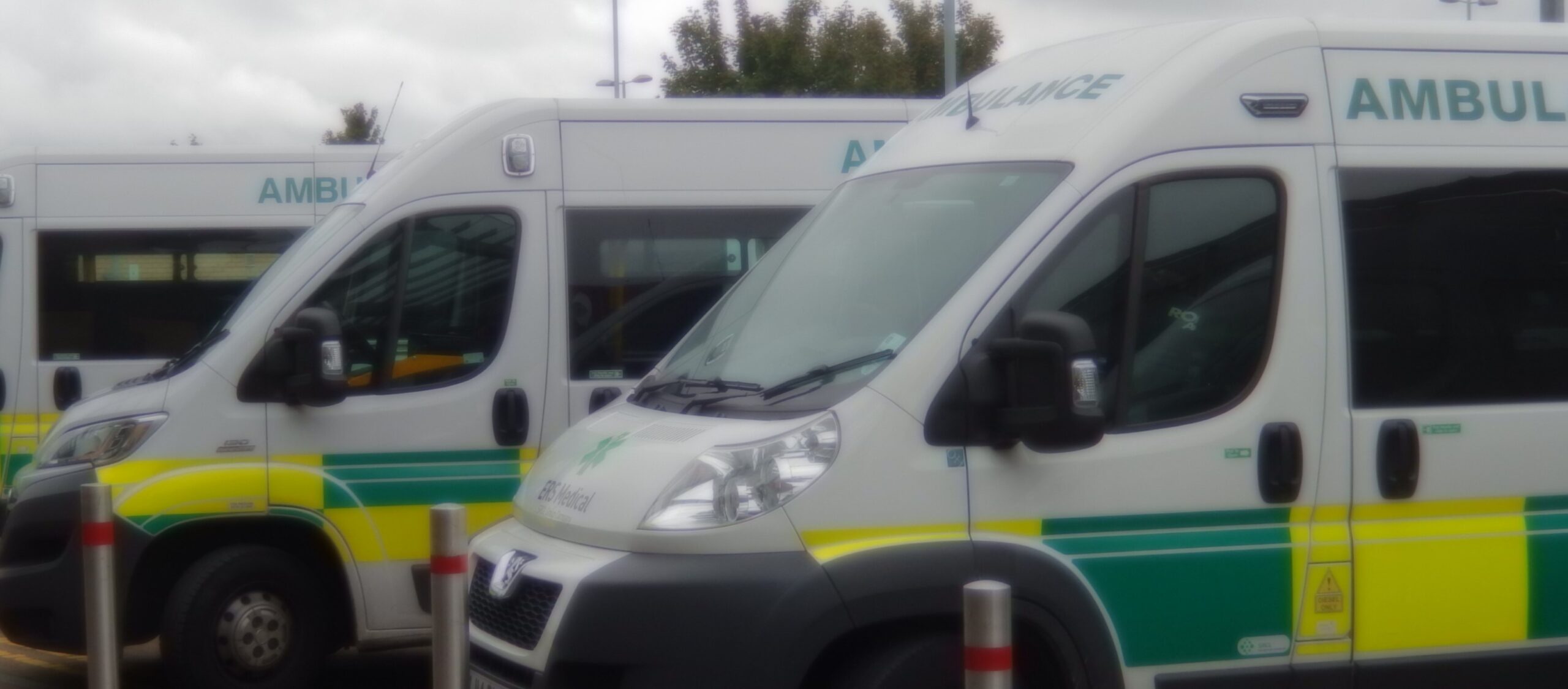By Andy Ford, Unite NHS rep
By taking strike action in defence of their wages and condition, ambulance crews and NHS staff in general are acting in defence of a service woefully understaffed, precisely because workers are so badly paid. A recent analysis in the Health Service Journal (HSJ) gave much insight, for example, into the crisis gripping the ambulance services across the country.
NHS data shows massive variation between hospitals in the time it takes even to discharge patients from ambulances when they arrive at A&E departments. Paramedics cannot legally hand patients over until the hospital formally accepts them into their care. And of course, if the A&E has a massive backlog, they cannot do this.
It is similarly impossible for an A&E department to just accept more and more patients, when there aren’t’ enough bed spaces to hold them and hospitals are unable to discharge the patients when they are often elderly and have no place to go to in the care system.
Because of this blockage, it is not uncommon for crews to wait several hours to hand over patients and some Unite members have reported waits of up to 8 or 9 hours with one patient! On Radio 4 recently an ambulance manager revealed that on one day up to 25 of her ambulances were queuing at A&Es across her area, meaning, in her words that “effectively, at times there was no emergency ambulance service in my area.”
A nine-hour backlog for ambulance crew
The HSJ found that nine trusts: Plymouth, Norfolk and Norwich, North Hertfordshire, Queen Elizabeth King’s Lynn, Great Western, University Hospital Leicester, Torbay, University Hospitals North Midlands, and Worcester, accounted for one third of ambulance hours lost. At Plymouth, the average wait was 2.3 hours. The ‘rules’ allow a 15-minute period for a normal handover, from which point a delay is logged. In one week in November, 10,000 ambulance hours were lost to delays, the highest figure on record.
The named hospitals replied to the story in the HSJ, saying that they are struggling to discharge patients from the wards back to their homes or to the care sector. Norwich said they had drawn up special plans to discharge almost 200 patients who did not need hospital care, and Great Western said they had 10% of their beds filled by patients who could be discharged if they had care packages available.
A&E is already the last resort for many patients. All the failures further on in the health system are revealed at A&E. Some patients cannot access GPs or care in clinics, and then attend A&E when their condition enters a crisis. There are growing numbers of people going to A&E with mental health problems and who cannot get the care they need anywhere else. They all end up at A&E, which cannot turn them away.
One Unite rep reported an A&E with a 9-hour backlog, where the consultant and three doctors worked six hours beyond their shift finish time, to try and see all the patients. It is heroic but not sustainable without better resourcing. An A&E in that condition clearly cannot accept new patients, and so you get the ambulance delays.
Add to this the crisis in social care, which means a lot of older people cannot get places in care homes, and the cuts in local authorities, which mean that home care packages are severely rationed, and you can see how the hospital beds get filled with patients who need care but not necessarily treatment. Twelve years of Conservative austerity have had their effect. Ambulance delays are just the most visible symptom of a health and care system on the edge of collapse.
The ambulance service strikes called by Unite, GMB and UNISON are primarily about pay, but an important related issue is the waits at A&E. Paramedics want to serve the public not sit in hospital corridors or in their vehicles for hours on end. In the longer run, the strikes will cause far less harm to patients than the years of cuts and austerity.



